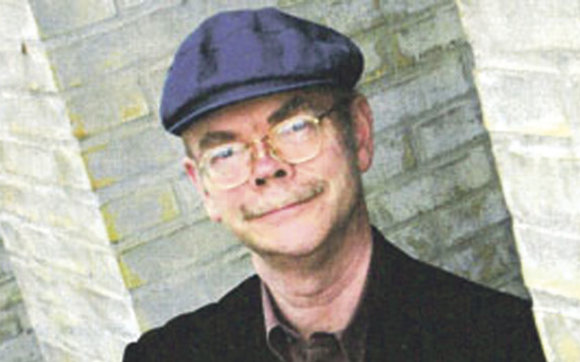
Design Integrity
Anika was a Featured artist at the Newburyport Art Association in July.
Her skills in the visual arts are have a direct tie to Art of the
Future's focus. We have identified five characteristics of
life-sustaining organizations:
- Creative people
- Whole system thinking at the individual, organizational and global levels
- Design integrity in every aspect of organizational life
- Elegant solutions to complex issues
- Results orientation
Lets take a closer look at that third point: design integrity.
Anika has been focusing on artistic expression through oil painting and watercolor. Visual art is a manifestation of Art of the Future's commitment to beauty and aesthetic development. Throughout Anika's professional life, first as an architect, designer and planner and later as strategist, theorist and researcher focusing on revolutionary changes in the workplace, she has systemically integrated design aesthetics with functionality. We call this integration "design integrity."
Design integrity does not sacrifice the look and feel of the environment for expedience or lack of attention. It also does not impose a rigid aesthetic at the expense of liveability, comfort and ease of work flow. It is the total integration of beauty and function. When done well it seems simple and effortless, a no brainer, a perfect flower critical the survival of the whole system. Why, then, isn't design integrity inevitable and ubiquitous? Its simplicity is deceptive, arrived at only through effort, concentration and repeated failed attempts. A competency in design integrity is arrived at though an openness to failing quickly and failing often, particularly in the early conceptual phase of any design process. If we decide to settle for "good enough," that's where we will be stuck, never considering other, more effective possibilities.
In his book, The Art of Learning: An Inner Journey to Optimal Performance, Josh Waitzkin discusses the concept of "investing in loss" as key to a winning performance. The idea of design integrity in workplace, products, services, packaging, promotion, etc., etc, carries directly into elegant solutions. Insights leading to clear thinking on complex issues can be expressed elegantly, that is simply and concisely in ways that communicate the appropriate message. Think of Apple's attention to the bags and boxes that hold its products; they convey a message of design integrity and elegant solutions that raises the company's image above the norm, contributing (as part of the whole experience) to the organization's results orientation.
Design integrity does not sacrifice the look and feel of the environment for expedience or lack of attention. It also does not impose a rigid aesthetic at the expense of liveability, comfort and ease of work flow. It is the total integration of beauty and function. When done well it seems simple and effortless, a no brainer, a perfect flower critical the survival of the whole system. Why, then, isn't design integrity inevitable and ubiquitous? Its simplicity is deceptive, arrived at only through effort, concentration and repeated failed attempts. A competency in design integrity is arrived at though an openness to failing quickly and failing often, particularly in the early conceptual phase of any design process. If we decide to settle for "good enough," that's where we will be stuck, never considering other, more effective possibilities.
In his book, The Art of Learning: An Inner Journey to Optimal Performance, Josh Waitzkin discusses the concept of "investing in loss" as key to a winning performance. The idea of design integrity in workplace, products, services, packaging, promotion, etc., etc, carries directly into elegant solutions. Insights leading to clear thinking on complex issues can be expressed elegantly, that is simply and concisely in ways that communicate the appropriate message. Think of Apple's attention to the bags and boxes that hold its products; they convey a message of design integrity and elegant solutions that raises the company's image above the norm, contributing (as part of the whole experience) to the organization's results orientation.






